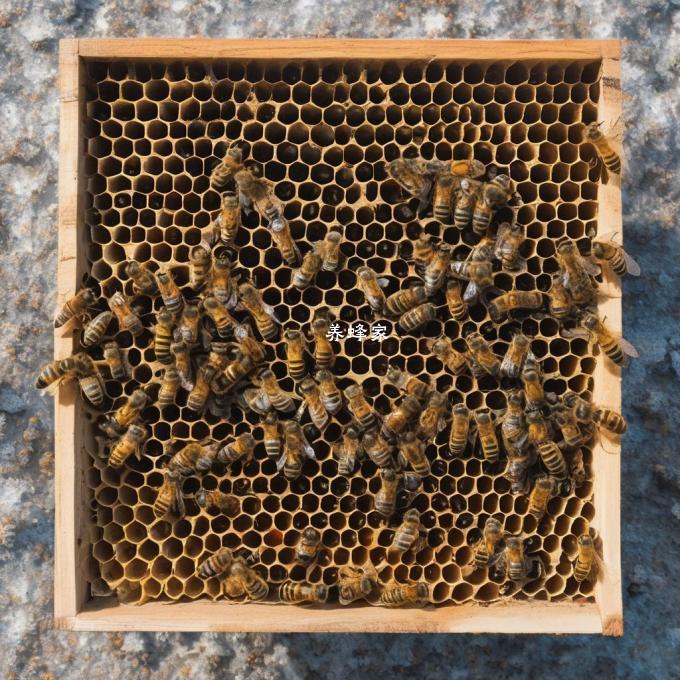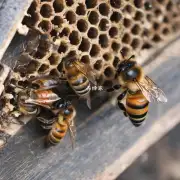What is the purpose of honeybee colonies?
Honeybees are social insects that live in colonies. Each colony consists of a queen bee, worker bees, and drones. The queen bee is the reproductive center of the colony, and the worker bees perform a variety of tasks, including foraging for food, caring for the young, and defending the colony from predators. The drones are male bees that are responsible for mating with the queen bee.
The purpose of honeybee colonies is to produce honey and beeswax, which are used to make food and other products. Honeybees also collect nectar from flowers and use it to make honey. Honey is a sweet, viscous liquid that is used in cooking, baking, and as a sweetener. Beeswax is a waxy substance that is used for a variety of purposes, including waterproofing, insulation, and food storage.
Honeybee colonies are important for the environment because they help to pollinate plants. Plants are an important source of food and shelter for animals, and they play a vital role in the ecosystem. Honeybees are one of the few insects that can pollinate certain plants, and their presence helps to ensure that these plants produce fruit and seeds.
Honeybee colonies are also a source of honey and beeswax, which are used to make food and other products. Honey is a sweet, viscous liquid that is used in cooking, baking, and as a sweetener. Beeswax is a waxy substance that is used for a variety of purposes, including waterproofing, insulation, and food storage.





